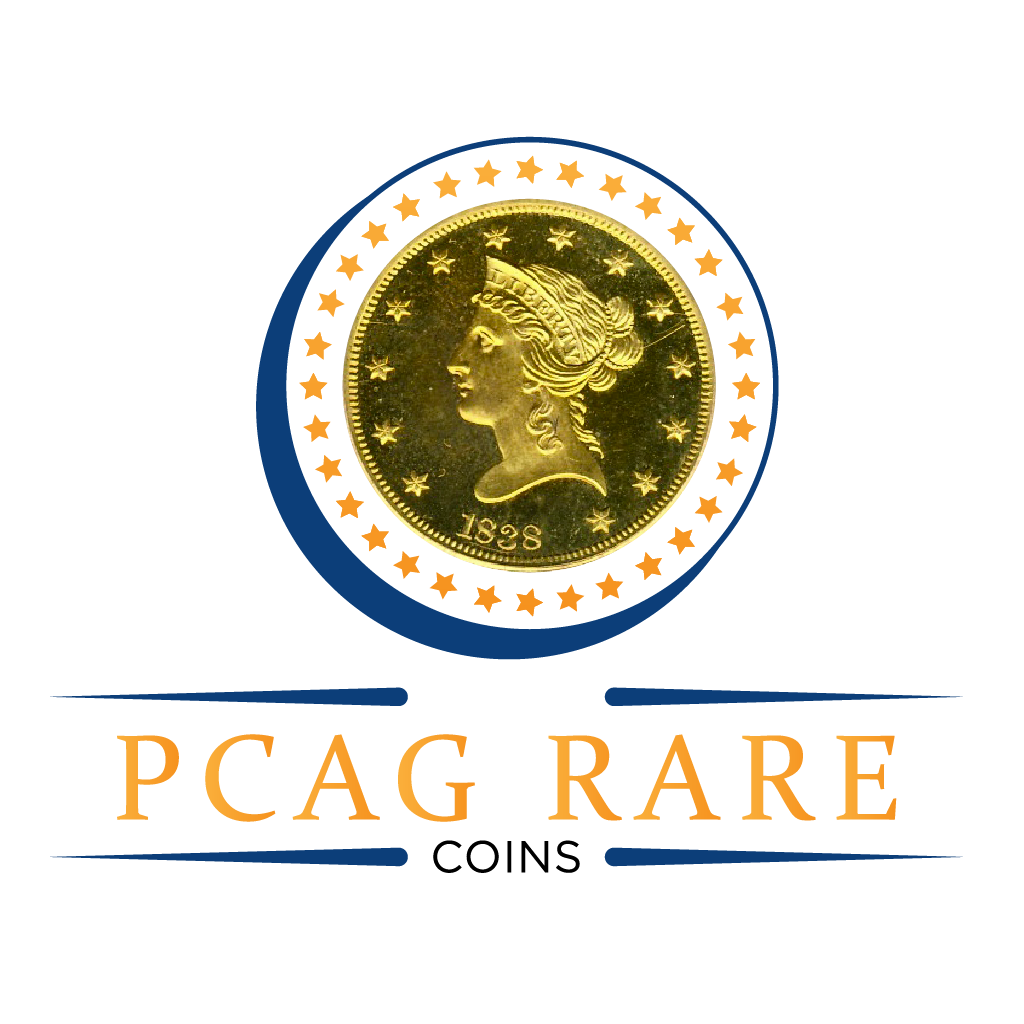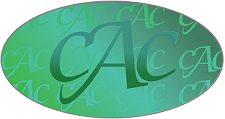Considered the “Hobby of Kings”, coin collecting and investing has been a way to preserve and grow your wealth for years to come while owning a piece of History. With the stock markets generating more and more wealth, people are turning to tangible assets such as: “Art”, “Classic Cars”, “Gold and Silver” and “Ultra Rare United States coins”. As we have seen over the past five years, the Art world has exploded with paintings selling well into the Hundred Million dollar arena, Classic Ferraris selling for just shy of Fifty Million dollars and Ultra Rare coins selling in the multiple seven-figure areas.
Ultra Rare United States coins are in their infant stage and have not yet reached their full potential. While it’s true that not every coin is created equal and not every coin is or has the potential to go up in value at the same rate, or is considered an “ULTRA RARITY”, rest assure that your coins will be great coins and an investment for the future.
PCAG, Inc. will educate you on which coins are rare and which coins should be in your portfolio. We have studied the market, built relationships with the most knowledgeable people in our industry and will provide you all the vital statistics for a “World Class” portfolio. Investment grade coins are coins dated from 1792-1838 (all grades), Proof gold and silver coins through the 1800’s and selected key date rarities along with a handful of colonial coins like the Continental Dollar and the UNIQUE 1787 Brasher Doubloon, America’s First Gold Coin.
“UNIQUE” is a term used to describe “ONLY ONE”. We at PCAG, Inc. have had the pleasure to handle many “Ultra Rare” and “Unique” coins including the 1838 Proof Ten-dollar gold piece, one of three ever struck and the FINEST known specimen as well as the “UNIQUE” 1787 Brasher Doubloon, regarded as “America’s First Gold Coin” and the 1851-O Proof Seated Liberty Dollar.
PCAG, Inc. is seeing more and more sophisticated investors like the heads Hedge Funds coming into the market and doing it via PCAG, Inc. as well as the investors looking for diversification.



